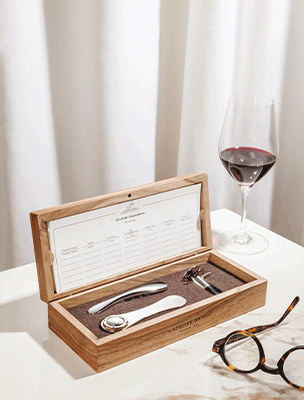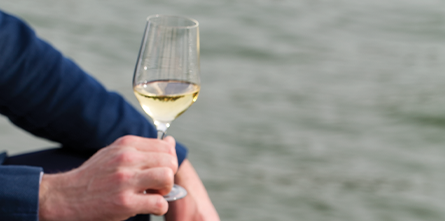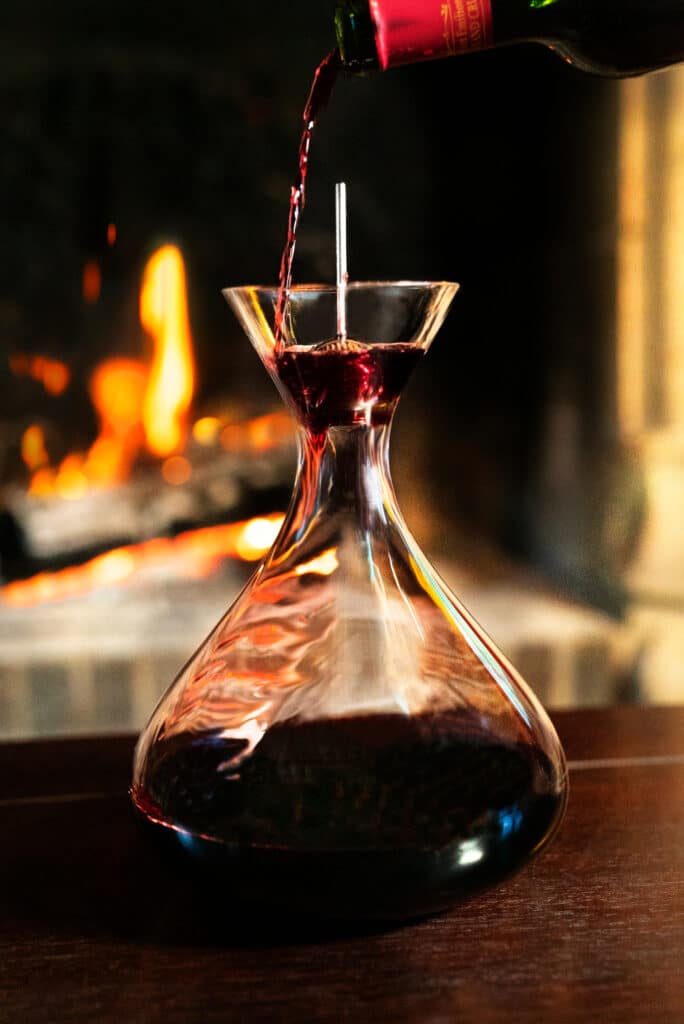
Corked wine is a winegrower, sommelier or wine merchant’s worst nightmare. It can happen to any wine, whether a beautifully aged Burgundy, a young vintage Bordelais or a Vallée du Rhône table wine. So, what can you do about cork taint? This practical guide by L’Atelier du Vin, a French manufacturer of wine tools since 1926, takes a look at all your questions about corked wine, and its causes and consequences.
What Is Corked Wine?
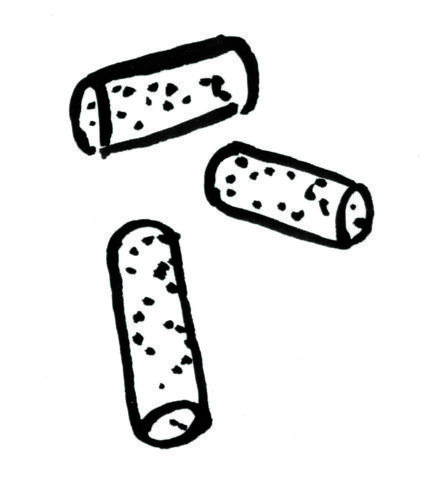
© Philippe Goron
The term “corked wine” refers to wine that has been contaminated by trichloroanisole, or TCA. This chemical compound, which is caused by mould in corks or wood, unpleasantly alters a wine’s scent, aromas and flavours, to the point that it cannot be drunk because of a strong cork taste.
What Causes Corked Wine?
Trichloroanisole, or TCA, the molecule which causes cork taint, appears when certain fungi that are naturally present in cork and wood, come into contact with a specific class of chlorides, chemical compounds of chlorine used by some wineries and producers to treat their vines and oak barrels, whiten their corks, or clean their facilities.
It forms mould on natural cork, wooden barrels and any other wooden items used in the wine-growing process (cultivation and upkeep of vines, grape harvesting, pressing, maceration, fermentation, vinification, wine conservation, ageing, bottling), which ends up contaminating and corking the wine.
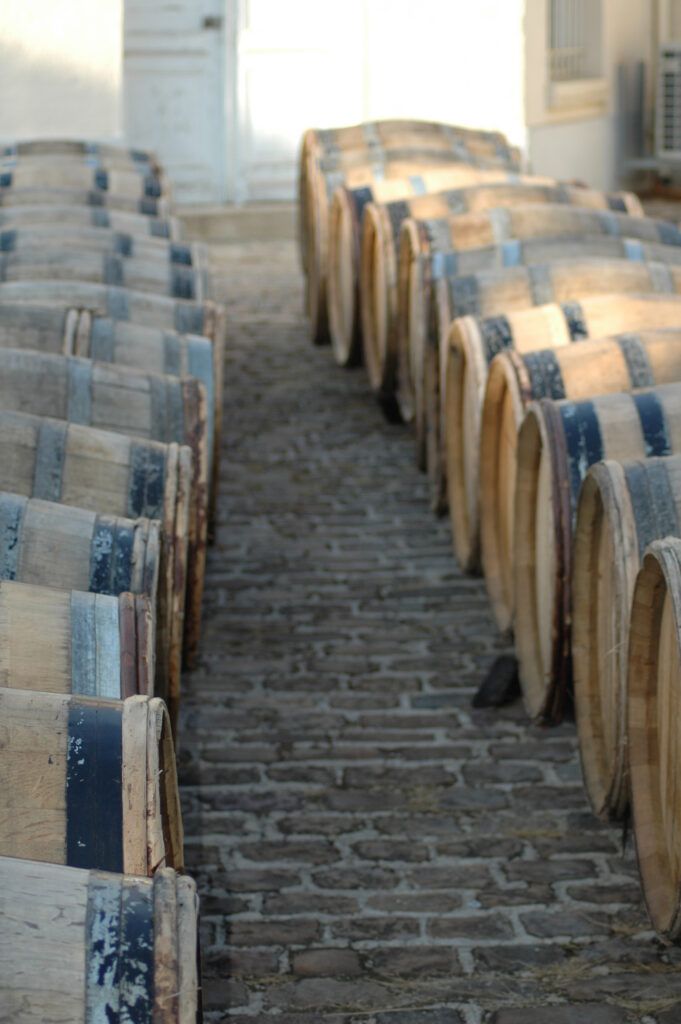
Do not Confuse Cork Taint and Pieces of Cork Floating in the Wine
Contrary to what you may think, the term ‘corked wine’ does not refer to a bottle of wine with little bits of cork floating in it after opening. You can almost always still enjoy a bottle of wine with some pieces of cork, by immediately filtering the wine in a decanter to remove any residue. Next time, remember to use a good quality, reliable corkscrew that is suited to the type of cork you want to remove!
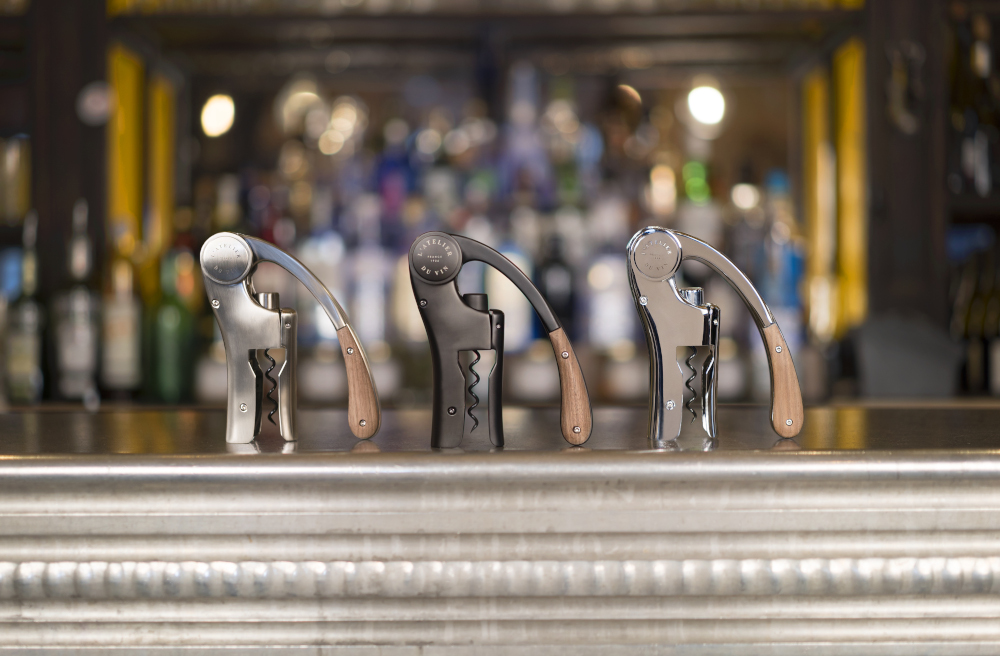
Cork taint also shouldn’t be confused with excessive oxidation, which can ruin wine. Oxidation happens when wine suffers prolonged exposure to the air, e.g. a bottle left open for too long between two wine tasting sessions, or a dry cork that becomes less airtight during the ageing process. The acid or tart taste that results from oxidation has nothing to do with cork taint.
How Can you Tell if Wine Is Corked?
It’s hard to know which bottles in a wine cellar, among grands crus or young vintages, will be corked. So, how can you tell if your bottle is corked? By opening, smelling and tasting it! You can detect this unfortunate phenomenon by the wine’s odour and taste, after extracting the cork.
But not everyone has the same sensitivity to smells or tasting skills. Which is why some people will immediately be able to tell that the wine is corked as soon as they open the bottle, whereas others will barely notice.
The Smell of Corked Wine
An unpleasant smell coming from a bottle of red, white or rosé wine is never a good sign… Corked wine often smells like mouldy cork, damp cardboard or wet earth. Trust your sense of smell. If you get a hint of any such bad odours, let the wine breathe in its open bottle, a wine decanter or a glass. Then, taste the wine, because an unpleasant smell upon opening a bottle doesn’t necessarily mean that it is corked.
The Taste of Corked Wine
Always taste the wine, whether it has a musty smell or not. Corked wine can sometimes be odourless but have a mouldy cork taste that makes it undrinkable. The bad taste may also be more or less strong depending on how corked it is, and for how long. But once one of your sensory organs has detected it, even slightly, it is very difficult to ignore, and the wine won’t taste right.
Which Wines Are Most at Risk of Cork Taint?
Cork taint doesn’t depend on the quality of the wine, or its age or stage of maturation. Nor is it linked to a particular vineyard or grape variety (Cabernet Sauvignon, Syrah, Grenache, Pinot Noir, etc.). In other words, a grand cru classé or a fine wine is no less likely to be corked than a cheap bottle of table wine. Any wine stored in a corked bottle is exposed to TCA contamination and at risk of cork taint.
Luckily, only a small minority of red, white and rosé wines are corked. The likelihood is even lower today (1% to 2% of total wine production), because winegrowers and producers have taken the necessary steps to minimise the presence of trichloroanisole.
Bottles with a screw cap, or glass or synthetic stoppers don’t have this problem, of course. They are becoming more widespread, particularly in new terroirs and vineyards around the world, because producers want to limit losses caused by corked wine by using these alternative caps.
Can You Salvage Corked Wine?
Unfortunately, there’s not much you can do if your wine is corked! But all is not lost. Before you throw the bottle away, make sure that it is actually corked. If the wine smells corky or mouldy after you first open the bottle, aerate it in a decanter.
If the musty, damp cardboard or wet earth smell and taste persist even after the wine has been left to breathe, there’s no doubt: the wine is corked and cannot be saved, whether for a wine tasting session or a family meal. Choose another bottle from your collection and use a L’Atelier du Vin bottle opener to extract the cork.
Can You Use Corked Wine in Cooking?
You might be tempted to use corked wine in cooking, such as a boeuf bourguignon or coq au vin. Unfortunately, we strongly advise against using corked wine in cooking because the mouldy smell and taste could spread over to your dishes. Hard as it may be, it’s best to forget about corked wine and move on.
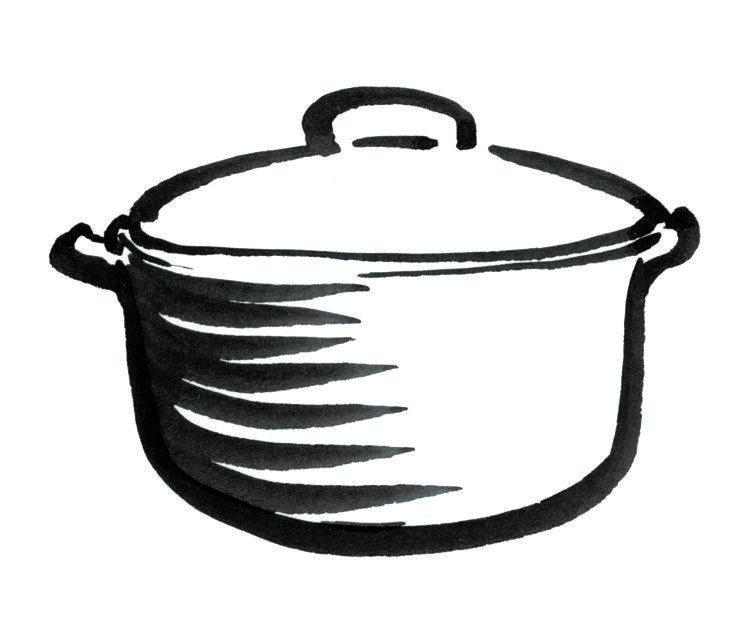
© Philippe Goron


